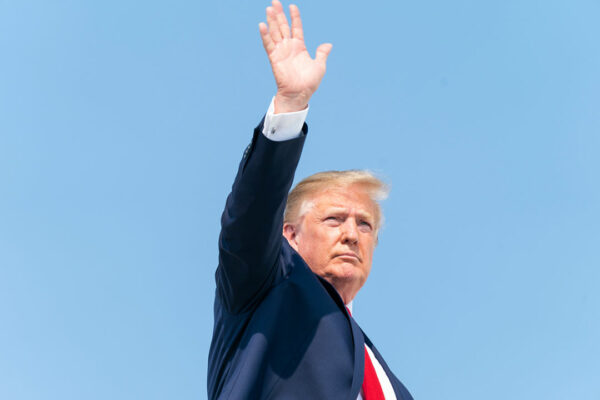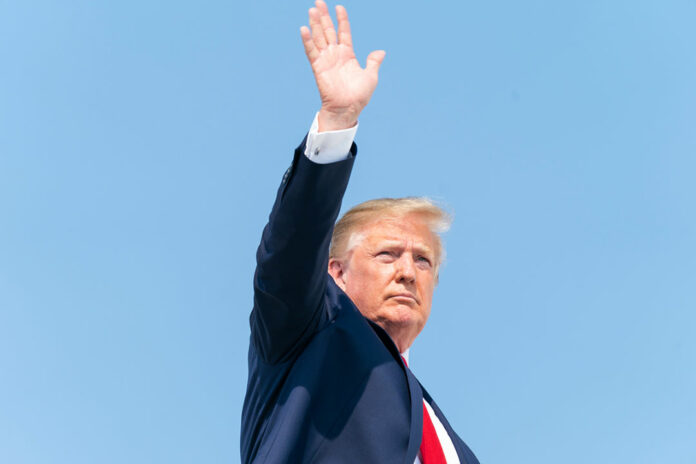WASHINGTON D.C. – A wave of demonstrations swept across major cities and smaller towns throughout the United States on Saturday, as thousands of citizens took to the streets to express their dissent against the policies of the Trump administration. The protests, organized under various banners but unified in their opposition and known as 50501 movement, highlighted deep divisions within the country and underscored the intensity of public sentiment.
From the National Mall in Washington D.C., where a diverse crowd gathered to voice their concerns, to the bustling streets of New York City and Los Angeles, and in numerous other locales, demonstrators articulated their grievances on a range of issues.
Key Issues Driving the Protests:
- Immigration Policies:
- A central focus of the protests was the administration’s approach to immigration, with demonstrators expressing outrage over policies they deemed inhumane and discriminatory.
- Concerns about family separations, border security measures, and the treatment of asylum seekers were prominent themes.
- Social and Environmental Policies:
- Protesters also voiced strong opposition to the administration’s stance on environmental protection, healthcare, and social welfare programs.
- Concerns about climate change, access to affordable healthcare, and cuts to social safety nets were frequently cited.
- Civil Rights and Equality:
- Demonstrators rallied in defense of civil rights and equality, expressing concerns about perceived rollbacks of protections for marginalized communities.
- Issues related to racial justice, LGBTQ+ rights, and women’s rights were prominent within the protests.
- Economic Policies:
- Many protestors also voiced concerns about the economic policies of the administration, and how they would effect the average citizen.

Observations from the Demonstrations:
- Diverse Participation:
- The protests drew a broad spectrum of participants, including students, labor union members, activists, and concerned citizens from various backgrounds.
- This diversity underscored the wide-ranging nature of the opposition to the administration’s policies.
- Organized Efforts:
- Many of the demonstrations were the result of coordinated efforts by grassroots organizations and advocacy groups.
- Social media played a significant role in mobilizing and organizing the protests.
- Peaceful Demonstrations:
- While there were isolated incidents of confrontation, the vast majority of the protests were peaceful, with demonstrators exercising their First Amendment rights.
The nationwide protests served as a powerful display of public dissent, reflecting the deep polarization that has characterized the political landscape. The scale and intensity of the demonstrations underscored the significant challenges facing the administration in navigating the complex and often conflicting demands of the American people.
